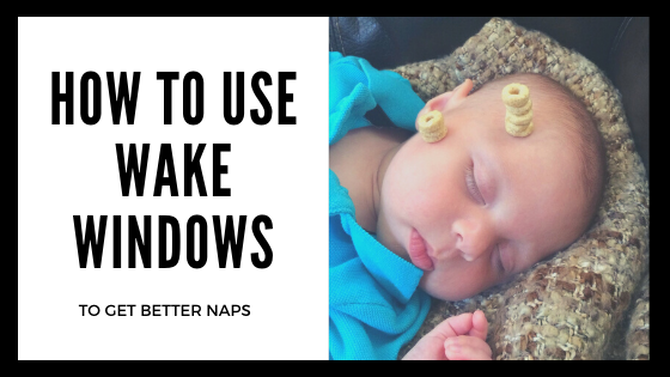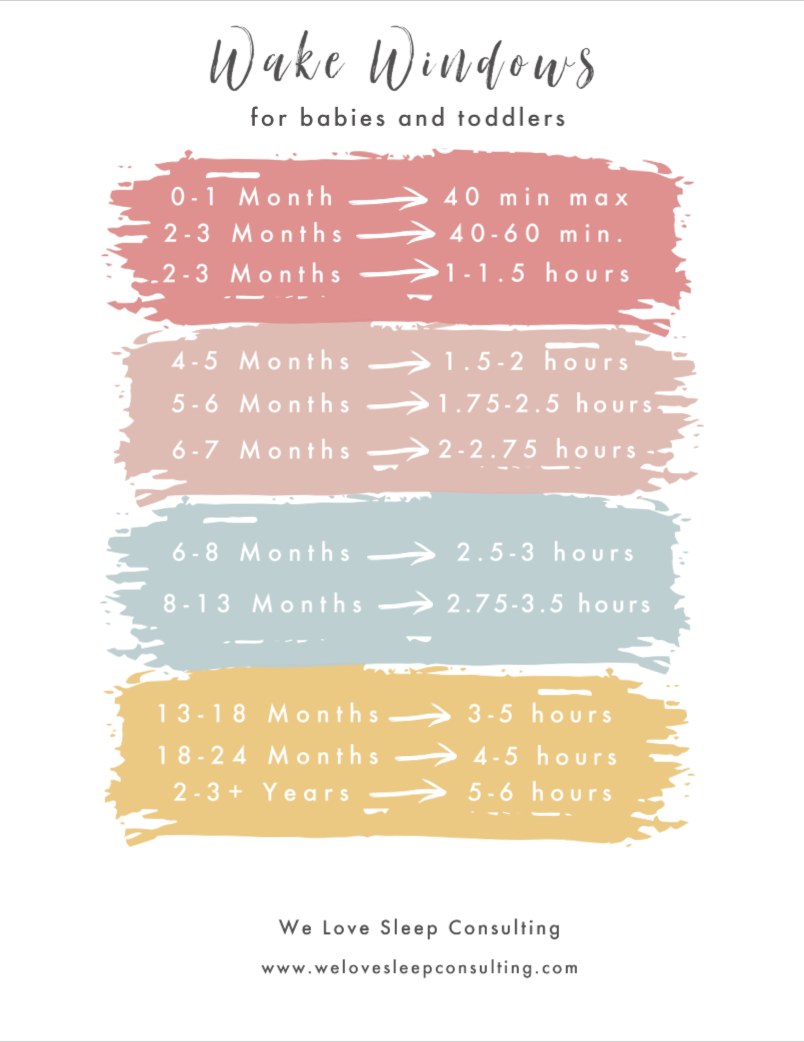|
If you had a baby in 2016, you might have tried the Cheerio Challenge at some point. I did, and you you can see my attempt in the pic. The idea was to stack as many Cheerios as possible on your sleeping baby. I remember as new mom, wondering how they all got their babies to sleep soundly enough to stack Cheerios on them! If I could get my son to take a nap, I would have done ANYTHING to preserve that nap. I mean, for new parents, naps are life.
I discovered how to help my baby get good naps, and we got into a rhythm. He became a champion napper, and I finally got a chance to try the Cheerio Challenge, even though I didn't do very well with it. Are you struggling with getting good naps? Not sure how many naps your child should be taking each day, and how long each nap should be? I shared a blog about how many naps a day your child needs, and how long each nap should be. Today, we're talking about wake windows, and how to use them to get good naps. Wake windows are the amount of time your child is awake before they need to be asleep again. The wake window starts when your child wakes up (not when you get them out of the crib). Every child is different, and their wake windows may vary slightly, so it can take some trial and error, but if you pay close attention, you can find your child's sweet spot, and put them down for naps without being overtired or under-tired. How to Use Wake Windows for Naps If your child is put down for a nap when overtired or under-tired, it could be harder for them to fall asleep or take longer, and could cause short naps. Instead of just winging it or laying your child down for a nap when they start to yawn or get fussy, use wake windows to determine when to start each nap. For infants, the first wake window of the day is typically the shortest. For older toddlers with one nap a day, the first wake window of the day can be longer than the second wake window. After they wake up from their nap, determine when the next nap should start, and lay them down just before their wake window is over. If you've found your child's sweet spot, they should fall asleep within 5 minutes of being laid down. If you wait until your child is fussy and has droopy eyelids, you've missed the wake window, and they have become overtired, which causes it to be harder for them to fall asleep. Here are the wake windows for each age:
To find your baby's sweet spot, start with the shortest wake window for their age and keep a log for three days, tracking how long it takes them to fall asleep. If it takes longer than five minutes, lengthen the wake time by ten minutes. Lay your baby down five minutes before the wake time ends, with he goal to be asleep by the time their wake window has elapsed. When babies are between 5-12 months, their wake windows change frequently. When it's time to adjust wake windows, start by adjusting by 15 minutes at a time. If you see these signs for more than three days in a row, these are the signs your baby's wake windows are changing:
If your child has a nap shorter than 40 minutes, a rough night of sleep, or an extra-early morning wakeup, the next wake window may need to be adjusted and shortened. If you're on a set schedule, don't adjust your child's nap by more than 30-40 minutes based on early wake-ups, or you will reinforce the early wakeup, and confuse your child's internal clock, which was used to getting sleepy at a certain time. When your baby starts nailing those wake windows and naps, give that Cheerio Challenge a try when they're in their deepest sleep (after they've been asleep for 20-30 minutes) and share your pics!
0 Comments
Leave a Reply. |
Lynne HowardPediatric Sleep Consultant Archives
June 2023
Categories |



 RSS Feed
RSS Feed
